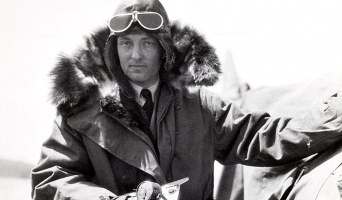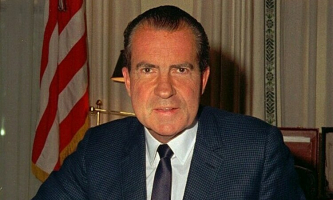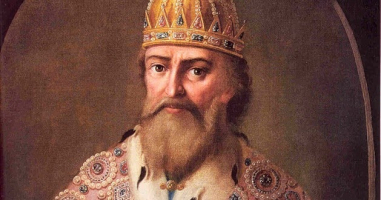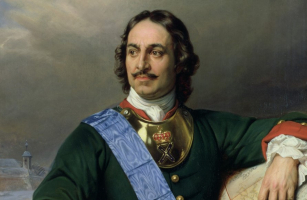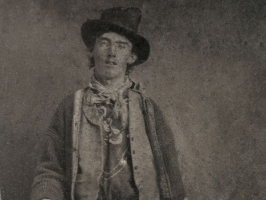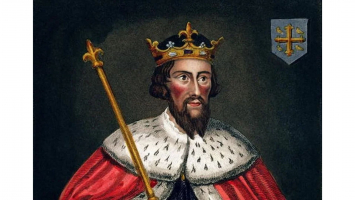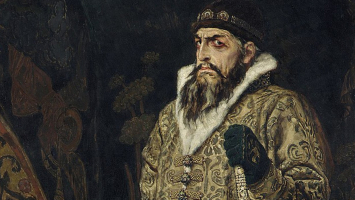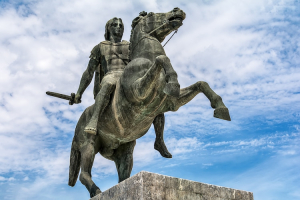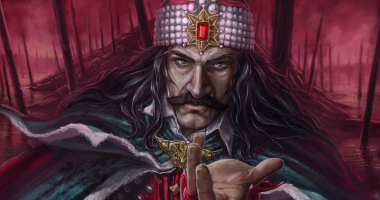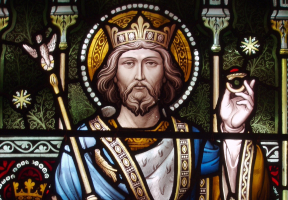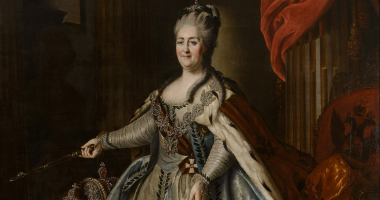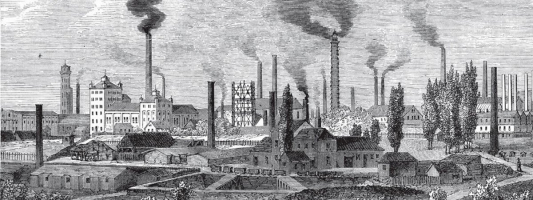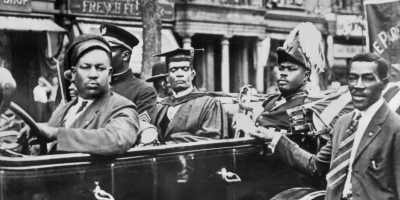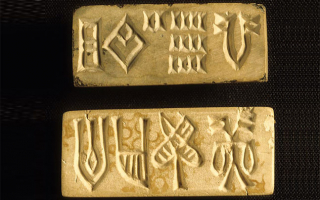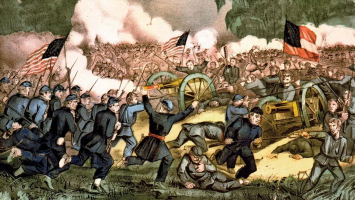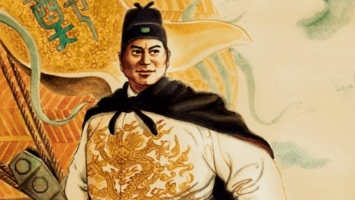Top 8 Interesting Facts about Richard the Lionheart
It is perhaps not unexpected that Richard the Lionheart's character and legacy have been heavily mythologized and oversimplified as he is one of the few ... read more...English kings to be recognized by a nickname. In popular culture, particularly Disney's well-known animated adaptation of the Robin Hood story, he is frequently presented as the crusading "goodie" against his "baddie" brother (the appropriately called Bad King John). This image has been reinforced in recent years by Hollywood. But in truth, Richard the Lionheart was a far more nuanced person—certainly not an angel. Eight interesting facts about Richard the Lionheart are listed here.
-
Medieval rulers frequently formed marriage alliances because they facilitated the negotiation of peace treaties, political relations, and the right to make claims to one another's holdings. It was planned for Richard to wed one of Ramon Berenguer IV daughters in March 1159, but these plans fell through, and the union was never consummated. On November 2, 1160, Henry the Young King wed Margaret, a French royal prince's daughter. Despite their alliance, the Plantagenets and the Capetians, the family who ruled France, occasionally had disagreements.
To achieve a ceasefire between them in 1168, Pope Alexander III's intervention was required. The Gisors and the Vexin, which had been a part of Margaret's dowry, were now under Henry II's hands after he had invaded Brittany. Henry II of England, who was also the Count of Anjou and the Duke of Normandy, arranged for his nine-year-old son to be wed to Princess Alais, a nine-year-old daughter of French King Louis VII. But the ceremony itself never took place. Alias was instead imprisoned by Henry for 25 years, some of which he spent with her as his mistress.
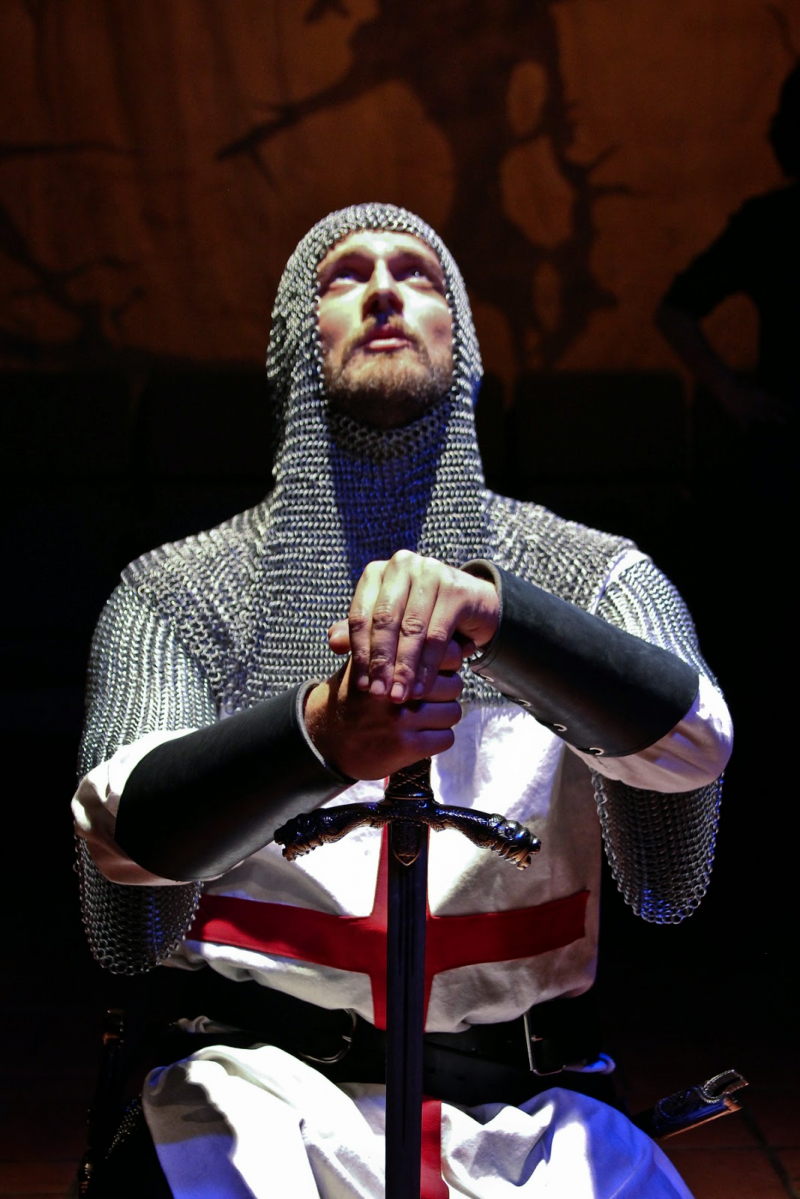
Source: blogspot.com 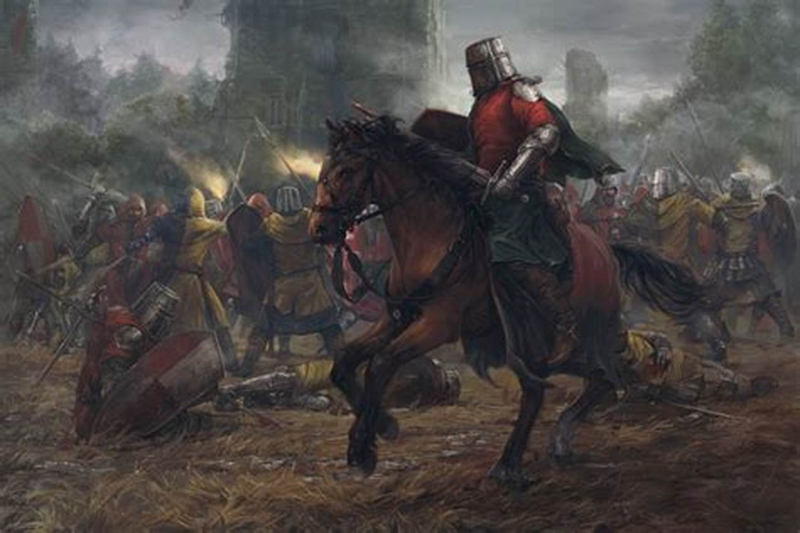
Source: wallpx.com -
Eleanor of Aquitaine, Richard's mother, was the only lady he gave much thought to. Richard had little interest in women. Richard eventually got married three years after taking the kingdom at age 31 without a wife. When Richard was nine years old, he was set to wed Alys, Countess of the Vexin, Louis VII of France's fourth child. Alys was allegedly taken as Henry II's mistress when the marriage was never consummated. Berengaria of Navarre, Richard's new finance, was taken prisoner after the ship she was traveling on became stuck in Cyprus in 1191.
To release her and his sister who was going with her, Richard overcame Cyprus. She followed him on crusade after their marriage in Cyprus, but she returned on her own. She arrived in England just after Richard passed away, and the couple never had children. But because he sought to take over the Kingdom of Navarre, his marriage to Berengaria of Navarre was strategic. As a result, the two spent very little time together and had no children.
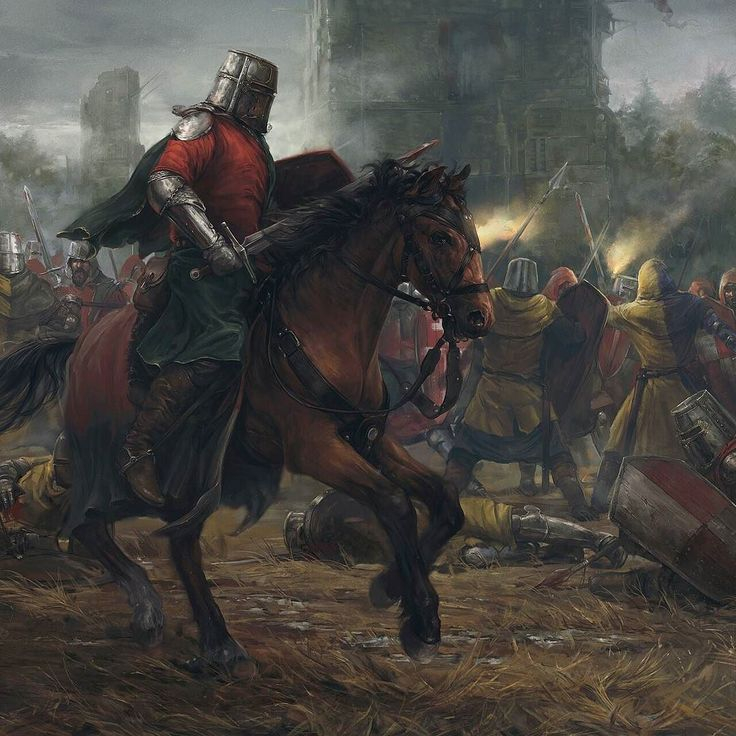
Source: Pinterest 
Source: DeviantArt -
Ralph of Coggeshall claims that Henry the Young King instigated the uprising against Henry II because he wanted to rule independently over at least some of the territory his father had promised him and to end his dependence on Henry II, who held the purse strings. Henry the Young King also wanted to be free from Henry II's financial control. The idea that Eleanor may have incited her sons to rebel against their father was a popular one.
In order to seek Louis VII's protection, Henry the Young King left his father and headed to France. His younger brothers Richard and Geoffrey quickly followed him, but John, who was only five years old, stayed in England. Richard was knighted by Louis, who also supported the three brothers and thereby joined them through vassalage. A modern poet named Jordan Fantosme called the revolt "war without love."
When Henry passed away in July 1189, Richard inherited the English throne and the Angevin Empire, which included all of England, half of France, and portions of Ireland and Wales. Richard wasn't his favorite son, but that wasn't the reason. In fact, many people believe that the Lionheart tortured his father till he passed away too soon.
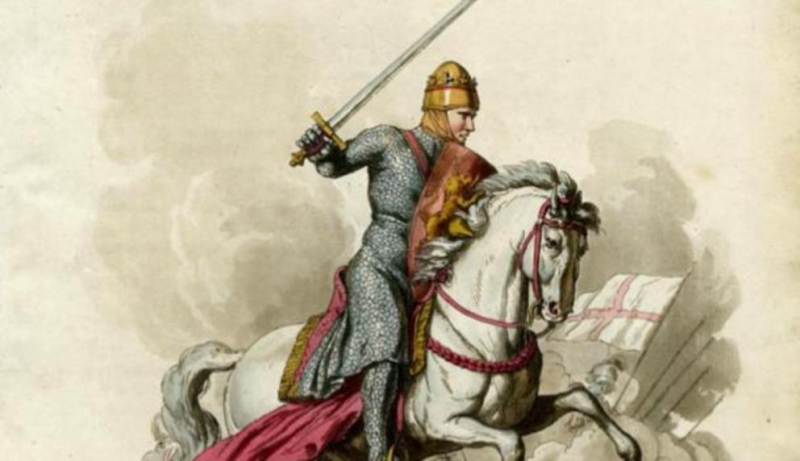
Source: nexusnewsfeed.com 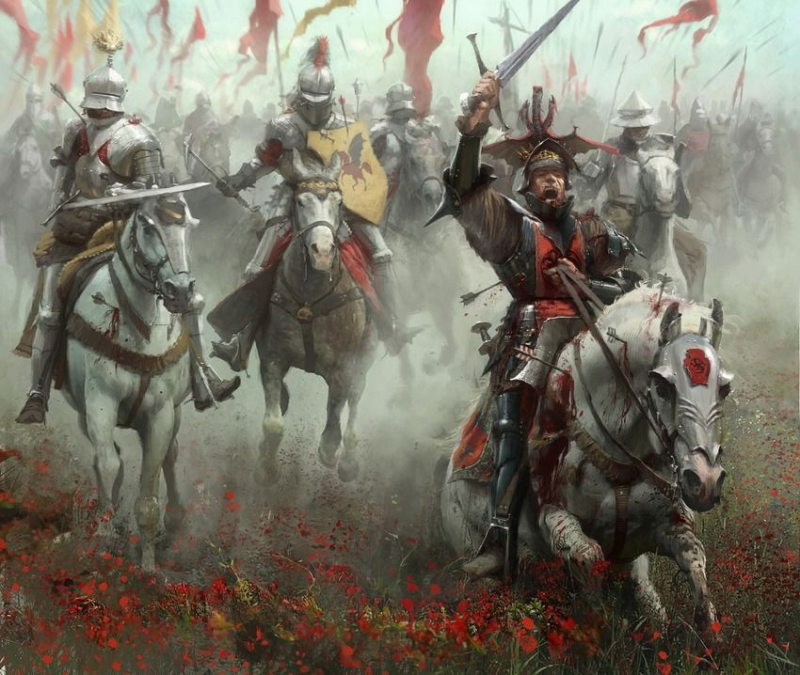
Source: pinterest.es -
The seizure of Jerusalem by the Muslim ruler Saladin in 1187 served as the impetus for this objective. Three years later, Richard made his way to the Middle East after selling sheriffdoms and other positions to collect money for his journey. In June 1191, one month before Acre fell, he finally made it to the Holy Land.
Richard had already taken the cross as Count of Poitou in 1187. His father and Philip II had done so at Gisors on 21 January 1188 after receiving news of the fall of Jerusalem to Saladin. After Richard became king, he and Philip agreed to go on the Third Crusade, since each feared that during his absence the other might usurp his territories.
Richard's performance during the Third Crusade was a bit of a mixed bag, despite his reputation as the great "Crusader King." Although he presided over some significant successes, Jerusalem—the Crusade's ultimate goal—always escaped him. After a year of deadlock between the opposing sides, Richard and Saladin reached a truce in September 1192, and the following month, Richard set off on his voyage home.
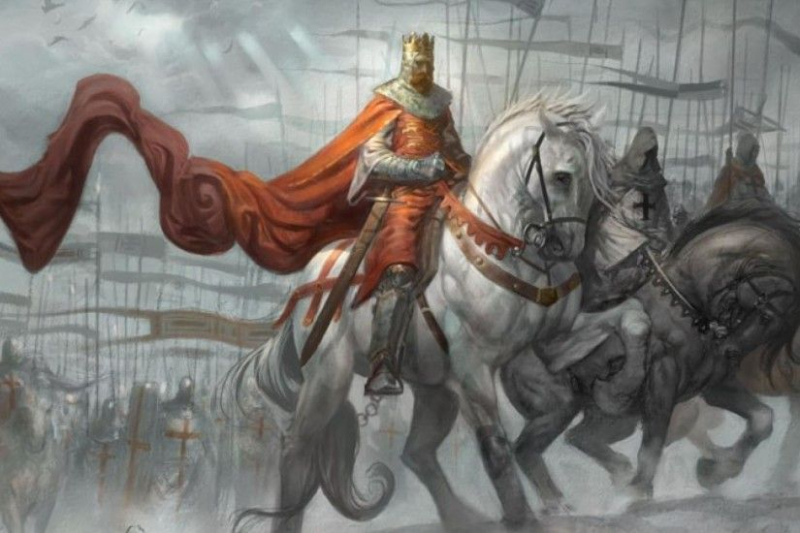
Source: Daily Express 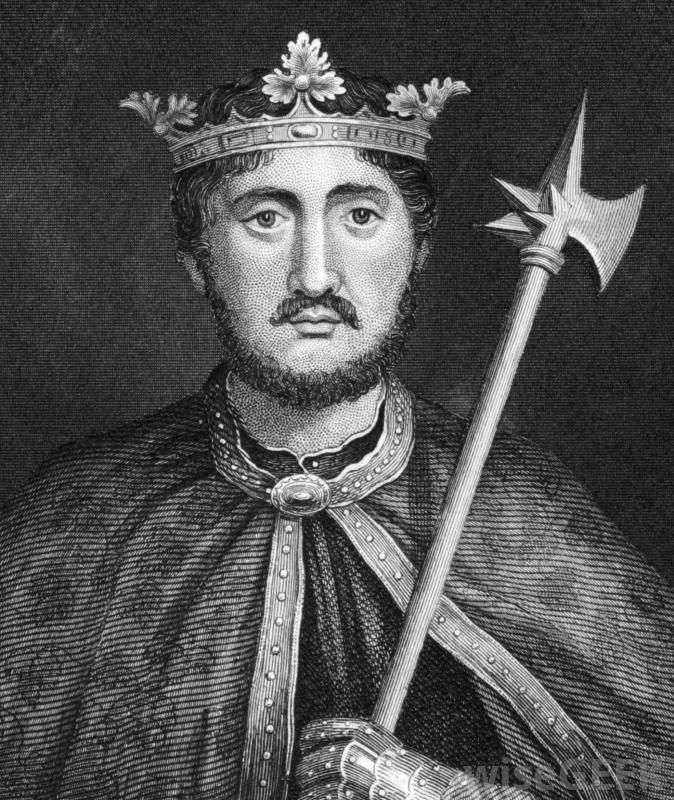
Source: Pinterest -
He immediately made his way back to England, where he was crowned a second time on April 17 out of concern for the integrity of his monarchy. He left for Normandy within a month and never came back. His final five years were spent at war with Philip II, with sporadic truces in between. King George VI left England in the capable care of Canterbury Archbishop Hubert Walter. Richard died at the young age of 41 as a result of his impulsiveness. The vicomte of Limoges refused to turn over a gold cache that a local peasant had discovered. Richard placed his castle in Chalus under siege and unfortunately suffered an injury.
In 1199, he perished. His image is still kept in the Fontevrault abbey church, where he was buried alongside Henry II and Queen Eleanor. But Richard's journey back to England was anything but easy. He had managed to sever ties with his Christian allies Philip II of France and Leopold V, Duke of Austria, during the Crusade, and as a result, he was forced to go through dangerous regions to return home. The king attempted to cross Leopold's land while wearing disguise, but he was caught and given to Henry VI of Germany, who held him for ransom.
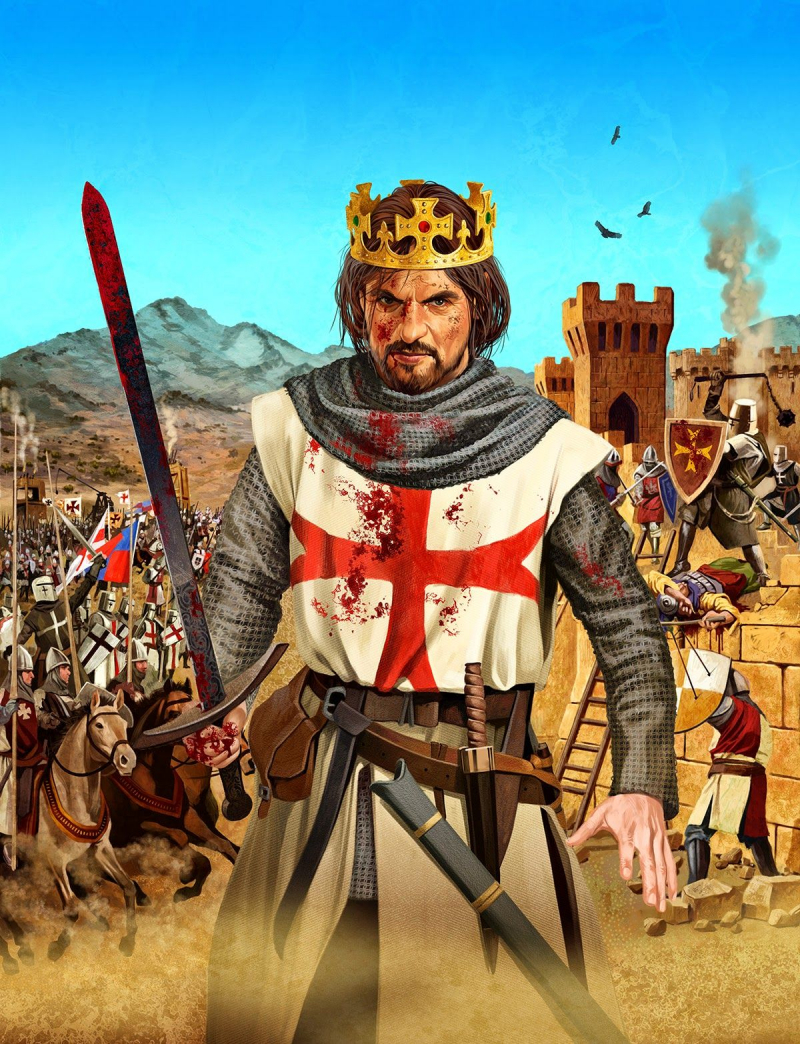
Source: pinterest.es| 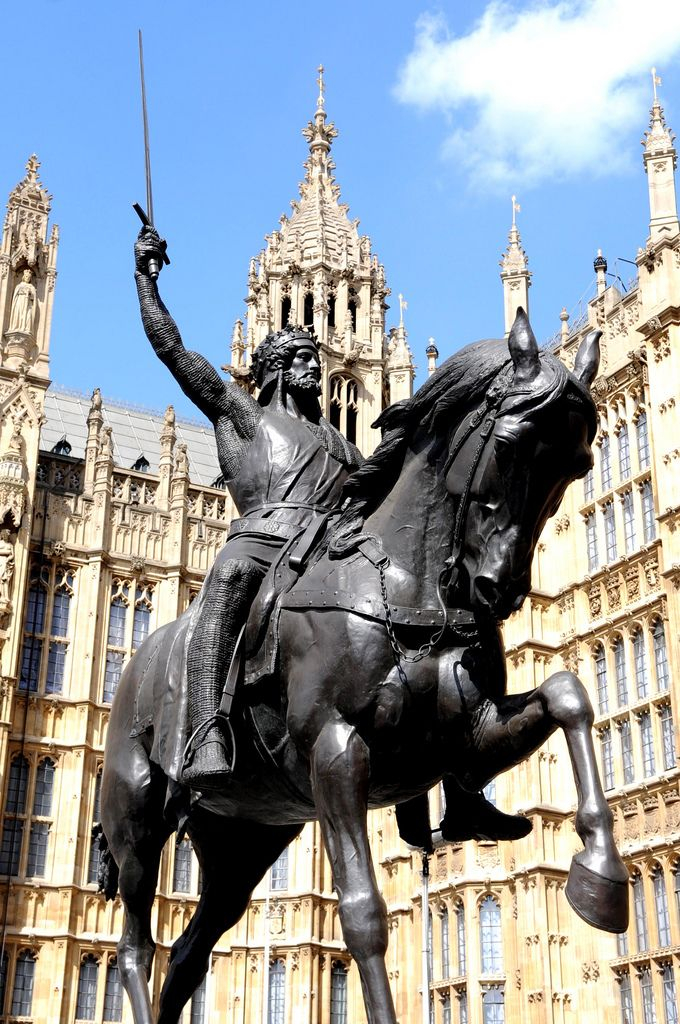
Source: mindicrome.blogspot.com -
After the Komnenian Restoration ends, the Angelos Dynasty ushers Byzantium into a new dark era. The Eastern Empire disintegrates, and Constantinople's influence wanes. A new generation of Crusader Kings responds to the Third Crusade's summons in the meantime. To face the formidable Sultan Saladin, Philip Augustus, Richard I, and Frederick Barbarossa all board the cross and sail for the east.
King Henry II and Eleanor of Aquitaine welcomed King Richard the Lionheart into the world at Beaumont Palace in Oxford on September 8, 1157. After the passing of his older brother Henry, the Young King, their second living son became the successor to his father. He could not even speak English or Angles because he was not English but rather Angevin or French Norman. Then, in that sequence, he was made the Duke of Anjou, the Duke of Normandie, and the King of England. Richard is referred to as Richard Coeur de Lion in France.
Richard's powerful mother, Eleanor, started a PR effort to obtain money for his release after Henry VI demanded a hefty ransom payment of 150,000 marks. Richard was portrayed as a kind monarch in an effort to get the Angevin Empire's people to contribute.
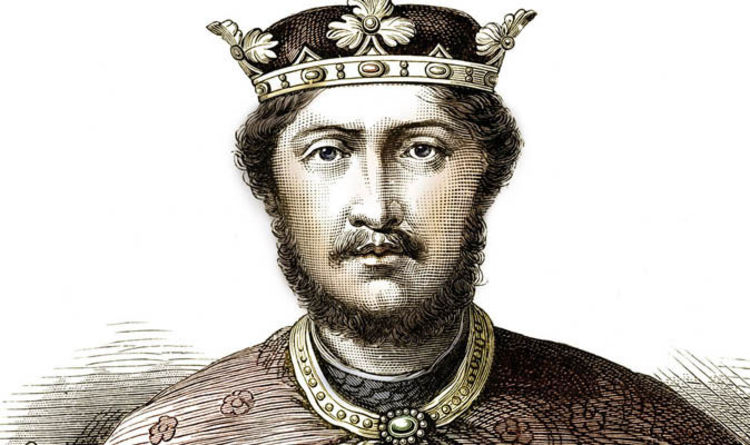
Source: Daily Express 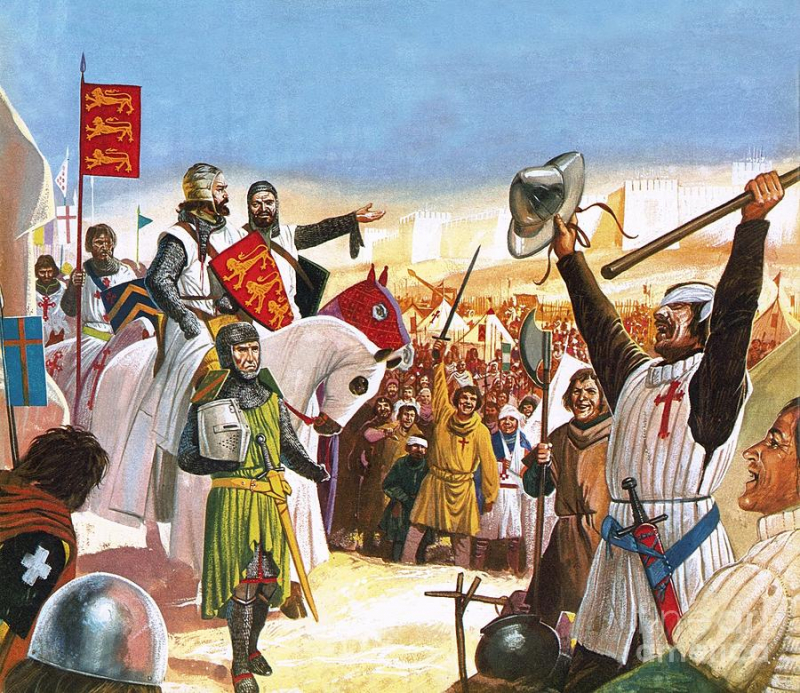
Source: Fine Art America -
In February 1194, Richard was freed when the ransom was paid. But his troubles didn't end there. He was granted his release by Henry VI in exchange for 150,000 marks. Richard was freed in February 1194 when a significant chunk of the ransom was paid. In April 1194, he returned to England and received a second coronation.
A local farmer was said to have discovered a cache of Roman gold at the French fortress of Châlus-Chabrol in 1199. Richard made the decision to besiege the castle, which ultimately led to his demise. The people who had paid the money to liberate the monarch now posed a threat to their power and independence. So, in order to reinforce his position as England’s monarch, Richard immediately returned home and was crowned king once again.
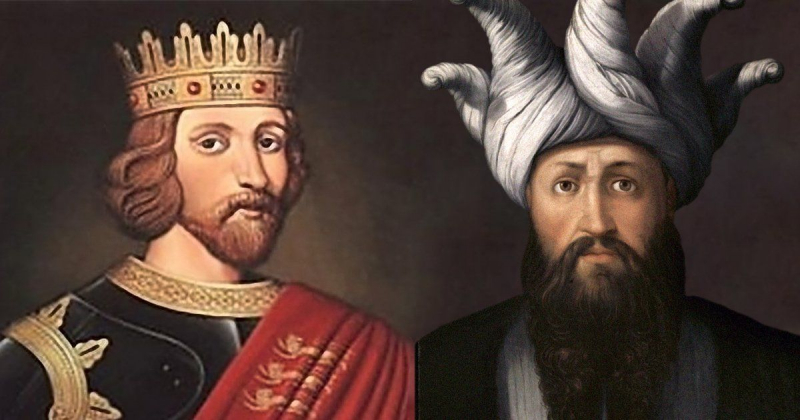
Source: Pinterest 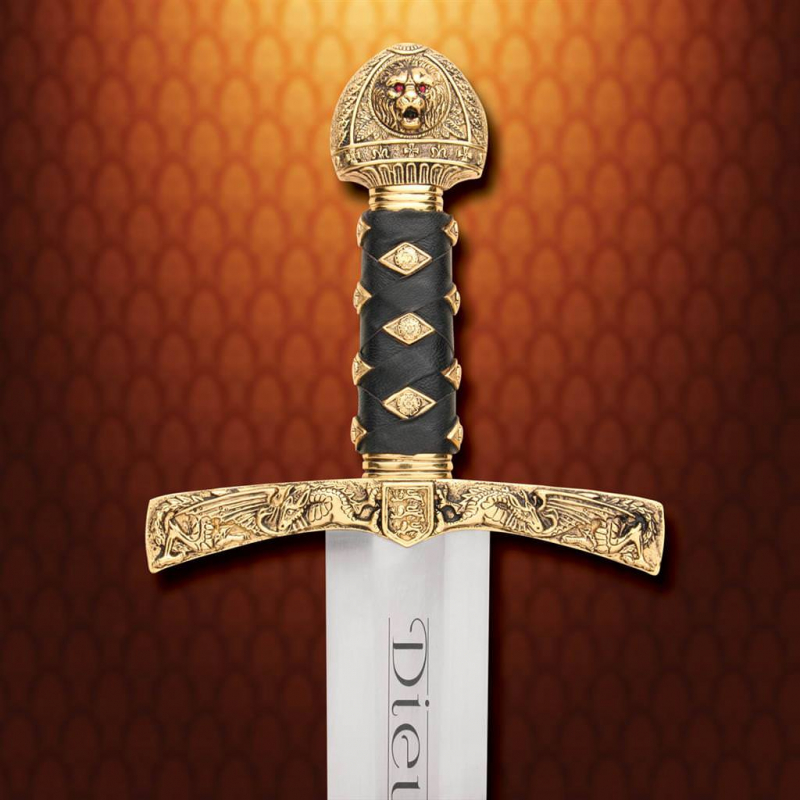
Source: museumreplicas.com -
In September 1190 Richard and Philip arrived in Sicily. After the death of King William II of Sicily in 1189 his cousin Tancred had seized power, although the legal heir was William's aunt Constance, wife of Henry VI, Holy Roman Emperor. Tancred had imprisoned William's widow, Queen Joan, who was Richard's sister and did not give her the money she had inherited in William's will. When Richard arrived he demanded that his sister be released and given her inheritance; she was freed on 28 September, but without the inheritance. The presence of foreign troops also caused unrest: in October, the people of Messina revolted, demanding that the foreigners leave. Richard attacked Messina, capturing it on 4 October 1190. After looting and burning the city Richard established his base there, but this created tension between Richard and Philip. He remained there until Tancred finally agreed to sign a treaty on 4 March 1191.
Queen Eleanor repeatedly planned to overthrow Henry during his final years in power. Richard and his brothers waged an anti-father campaign in France with the support of their mother. Richard became King of England, Duke of Normandy, and Count of Anjou on July 5, 1189, after King Henry was beaten in battle and surrendered to Richard. Richard traveled again for France a month after his return from France. But he would never come back this time. Richard and Philip II engaged in intermittent warfare for the following five years till Richard was gravely wounded while besieging a stronghold in central France and passed away on April 6, 1199. Richard had only spent six months in England throughout his ten-year rule.
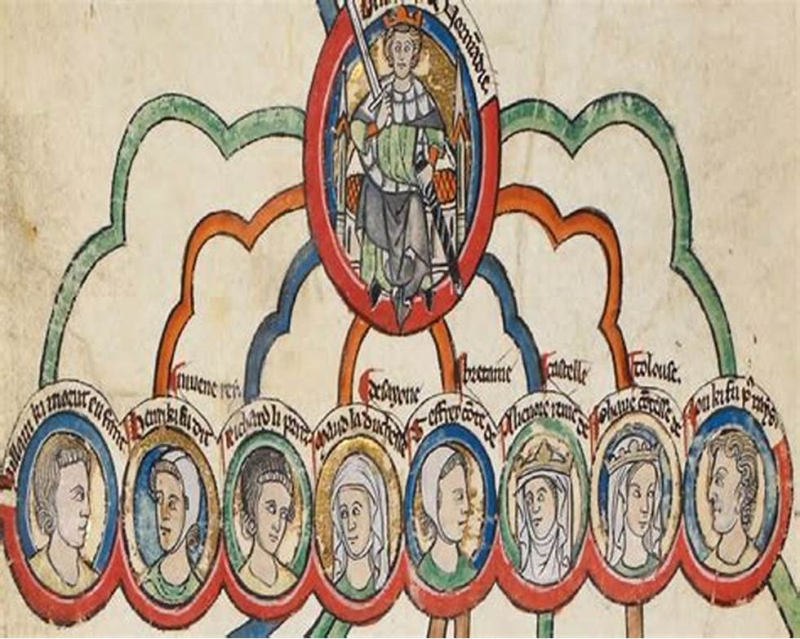
Source: Pocketmags 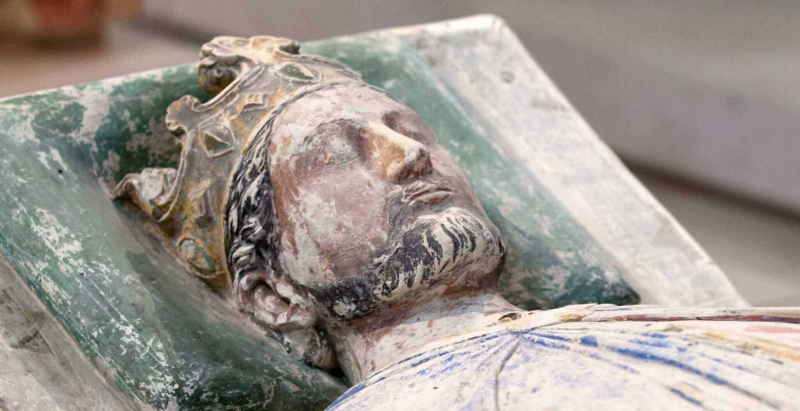
Source: Historic UK










